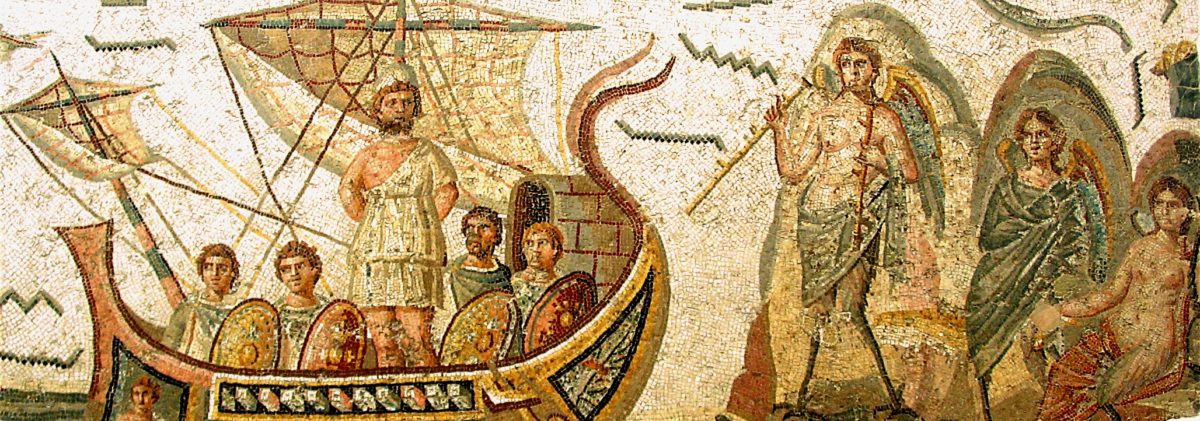You often hear people talk about the “practical benefits” of learning Latin, such as being able to understand legal, medical, and scientific terminology, expanding your vocabulary, and gaining a better understanding of English grammar. These certainly are real benefits to learning Latin, but, to be honest, at least on their own, they aren’t really very good reasons to learn the whole language, for reasons I will explain in a moment.
There are plenty of apologists for Latin out there who often try to justify learning Latin by listing these supposed “practical benefits” to learning Latin that apply to most people. The problem is that, if these benefits are the only reasons you are studying Latin, and you have no real interest in the Latin language or in reading Latin literature, then learning a whole new language may not really be worth it. There are, however, still very good reasons for learning Latin; they just don’t necessarily apply to everyone.
Continue reading “Good and Bad Reasons to Learn Latin”









